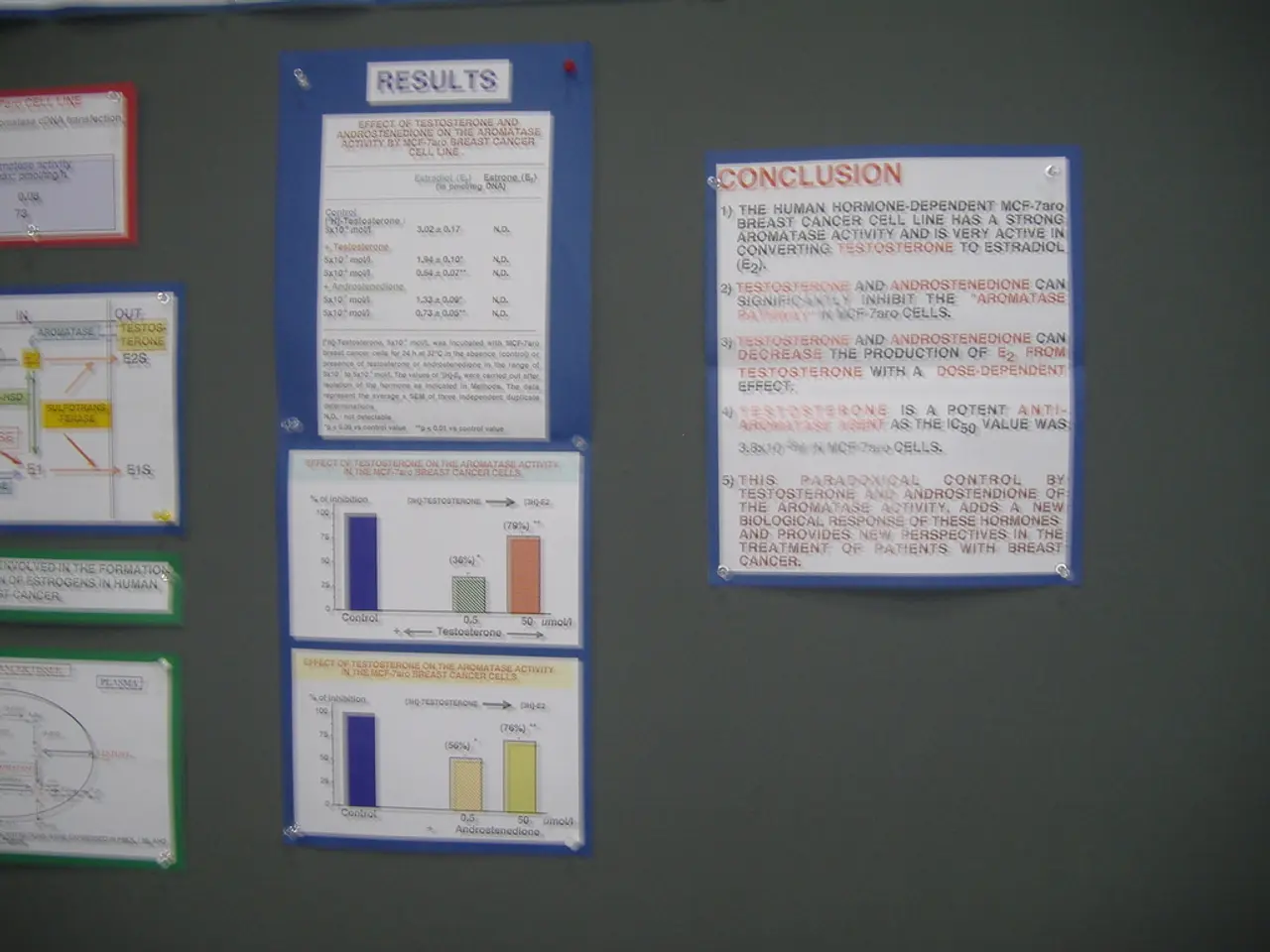Malaysian King, Sultan Ibrahim, embarks on a momentous journey to Russia, marking the first visit by a Malaysian King to the nation since diplomatic relations were established in 1967.
The Malaysian Ringgit (MYR) and the country's economy are expected to experience significant changes following the anticipated interest rate cuts by the US Federal Reserve (Fed), starting likely in September 2025.
The 13th Malaysia Plan (13th MP) focuses on driving sustainable growth based on value creation across all sectors, and the recently announced plan is expected to support the ringgit in the medium to long term [1]. According to Bank Muamalat Malaysia Bhd chief economist Mohd Afzanizam Abdul Rashid, the weaker Nonfarm Payrolls (NFP) data in the US could increase the expectations that the Fed may reduce the Federal Funds Rate in September [2].
If the Fed cuts interest rates as forecasted, this would typically lower yields on US assets, reducing demand for the US dollar, and causing depreciation versus other currencies, including the Malaysian Ringgit [1][2]. For Malaysia, a stronger MYR could make imports cheaper and help contain inflation, but it may reduce the export competitiveness of Malaysian goods priced in dollars.
Economically, lower US interest rates often ease global financial conditions by reducing borrowing costs worldwide. This can benefit emerging markets like Malaysia by facilitating investment and growth. However, if the rate cuts reflect a weakening US economy, global demand—including for Malaysian exports—could soften, posing downside risks to Malaysia’s economic outlook [3].
The Malaysian central bank may also respond to Fed actions to maintain monetary policy balance and protect financial stability, which could influence domestic interest rates, capital flows, and currency volatility.
The ringgit appreciated vis-à-vis the Japanese yen, British pound, and euro, while it trended mostly higher against Asean currencies, excluding the Indonesian rupiah [4]. The ringgit ended the week lower against the US dollar, closing at 4.2750/2815 versus 4.2195/2245 previously, but it improved against the Thai baht and Singapore dollar [5].
Two dissenters during the last Federal Open Market Committee (FOMC) meeting favoured a quarter-point cut, which is in line with Mohd Afzanizam's views. The local note strengthened versus the Singapore dollar, and the US government's decision to impose a reciprocal tariff of 19% on Malaysia, down from a previous rate of 25%, could help mitigate the impact on the ringgit [6]. Mohd Afzanizam believes that an improved trade arrangement could prove positive for the ringgit over the medium term.
In summary, the Fed’s likely interest rate cuts beginning in late 2025 could strengthen the Malaysian Ringgit relative to the US dollar and ease financial conditions, potentially benefiting Malaysia’s economy. However, the net effect depends on the broader global economic context, particularly US growth and trade developments [1][2][3].
[1] The Star Online. (2021, June 1). Malaysia's 13th Plan to focus on driving sustainable growth. Retrieved from https://www.thestar.com.my/business/business-news/2021/06/01/malaysias-13th-plan-to-focus-on-driving-sustainable-growth
[2] Bernama. (2021, July 2). US NFP data disappoints, Fed may cut rates in September. Retrieved from https://www.bernama.com/en/business/news.php?id=1962268
[3] The Edge Markets. (2021, June 10). US-China tensions and a slowing global economy to pose downside risks to Malaysia's economic outlook. Retrieved from https://www.theedgemarkets.com/article/us-china-tensions-and-slowing-global-economy-pose-downside-risks-malaysias-economic
[4] Bloomberg. (2021, July 9). Ringgit Rises Against Major Currencies, Except for US Dollar. Retrieved from https://www.bloombergquint.com/onweb/malaysia-ringgit-rises-against-major-currencies-except-for-us-dollar
[5] The Edge Markets. (2021, July 9). Ringgit ends week lower against US dollar. Retrieved from https://www.theedgemarkets.com/article/ringgit-ends-week-lower-against-us-dollar
[6] Bernama. (2021, July 6). US imposes lower tariff on Malaysian palm oil, timber products. Retrieved from https://www.bernama.com/en/business/news.php?id=1962181
- The Malaysian government, in its 13th Malaysia Plan, aims to drive sustainable growth by focusing on value creation across all sectors, which is expected to support the Malaysian Ringgit (MYR) in the long term.
- Following anticipated interest rate cuts by the US Federal Reserve (Fed), Bank Muamalat Malaysia Bhd chief economist Mohd Afzanizam Abdul Rashid suggests that the weaker Nonfarm Payrolls (NFP) data in the US increases the possibility of a Fed rate reduction in September, potentially strengthening the MYR.
- The Malaysian central bank may adjust monetary policy to maintain balance and protect financial stability in response to the Fed's actions, which could affect domestic interest rates, capital flows, and currency volatility.
- The impact of Fed interest rate cuts on Malaysia's economy depends on the broader global economic context, particularly US growth and trade developments, as a stronger MYR could help contain inflation and ease financial conditions, but may reduce the export competitiveness of Malaysian goods priced in dollars.








